All Beckman Scholars are guided by a faculty mentor. Learn about their research interests, areas of expertise, and more.
Beckman Scholar faculty mentors


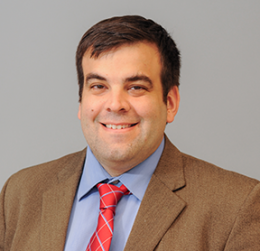

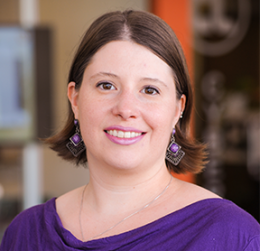
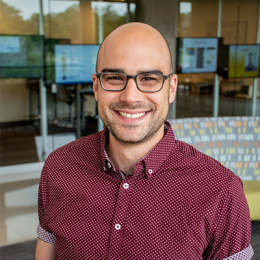
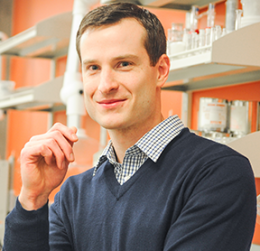
Nick Manicke, Ph.D.
Chemistry & Chemical Biology
Forensic & Investigative Sciences
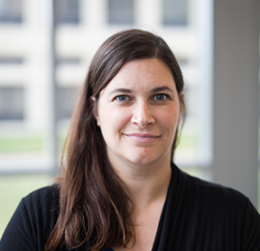
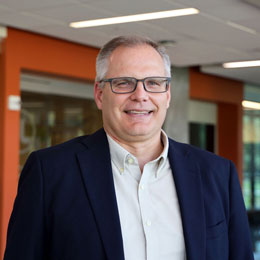
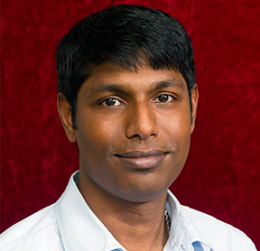
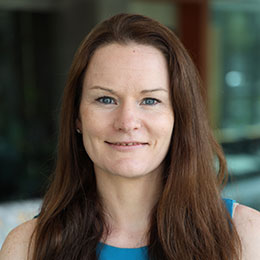
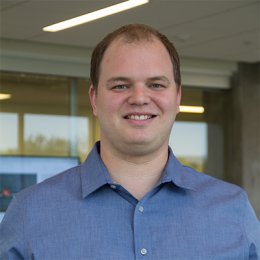
Description of the video:
hi potential beckman scholars my name is christine picard i'm an associate professor in the department of biology and i'm the director of the forensic sciences program here and i'm going to tell you a little bit about my research most of the work that i do or that we do in our lab is around insects and trying to understand the correlations between insect genotypes and their phenotypes and specifically we're interested in some development rate variation um both for forensic applications as well as as a sustainable alternative protein source application so my work spans these two different areas and we use a combination of bioinformatics and genomics as well as standard molecular biology tools um so rather than me telling you about what our lab does why don't i introduce you to the people in our lab so that you can actually see what we do so let's go into the lab let's see what we've got going on here hey hi what are you up to i'm taking pictures of flies so we can use an ai system to be able to figure out which ones they are yeah so and you are an undergraduate in forensic science awesome okay let's see who else what do we got going on over here hello i'm hector i just started here at uh the graduate biology program i'm studying the black soldier fly genetics right now i'm just looking at one gene yellow it's named for the color that they turn if you don't have it and what is the purpose of the work that you're doing um well i am studying the black soldier fly because we are using it in industry um and there are certain traits that are useful to have and we're trying to see what's the difference between those that are domesticated and those that are not awesome yes black soldier fly is the hot new insect for a sustainable alternative protein source let's see who else we've got here who's this hello i'm frank lawrence i'm a phd student here in christine picard's lab currently working on some genomic dna isolations from sea roofy fosses we're currently studying the genetics of this fly because it has two females one that only has female offspring one that only has metal offspring we would like to know what the genetics are behind this mechanism awesome we have some really cool flies in this lab if you're interested in this what do we have over here may we interrupt you for a minute hi i'm ashton i'm a second year master's student in the forensic science program and my project deals with blowflies which we know feed on feces and carry on and by analyzing the dna in their gut contents we can determine what animals they've been feeding on which tells us what animals are currently living as well as what animals are deceased in the environment awesome and what are you setting up here i'm just about to set up some pcr excellent thank you so our lab has standard molecular um tools as well as as you saw with hector bioinformatic tools so we have a lot of computers in the lab where people are working we have one final stop to go to but we have to go up a floor so i'll be right back okay well we've moved upstairs to the third floor and this is where we keep our fly room so let's see what's going on in our flight room hello i'm khadijah i am studying the effect of relative humidity on low flywheel position and then what are you actually doing right now i am just changing out the water bottles you know flies get thirsty too and she's really good at making sure those flies stay inside those cages and let's go see what's happening in the other room hello again i'm just uh looking at my armor and what are those exactly these are the cilia ceracata they are a blowfly native to indiana so this is our our what we like to call our maggot room um but this is where we have all of our incubators so we can do controlled experiments with our with our maggots to be able to understand various biological aspects of them so that concludes our visit in the picard lab um i do hope you'll consider coming to do some research with us we love having students in the lab and you'll get to learn quite a variety of different aspects so feel free to reach out if you have any other questions